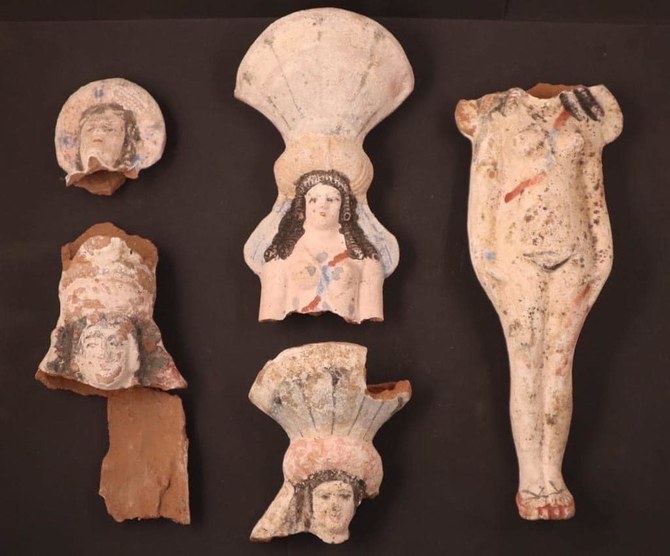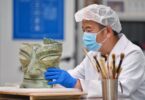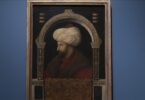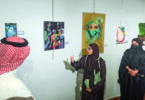CAIRO: A Spanish archaeological team — led by Dr. Mayte Mascorro and Dr. Esther Pons Melado from the University of Barcelona and the Institute of the Ancient Near East — made a remarkable discovery during their excavation in the Al-Bahnasa archaeological site in Minya, Egypt.
They found several tombs dated from the Ptolemaic and Roman eras, and mummies from the Roman era.
The tombs discovered in the Roman era were found on the eastern side of the upper cemetery in Al-Bahnasa, said Mostafa Waziri, secretary-general of Egypt’s Supreme Council of Antiquities.
These are tombs with a new type of burial, consisting of a hole dug into the natural rock below the ground.
Terracotta statues depicting the deity Isis Aphrodite, wearing a floral wreath topped with a crown, have been discovered for the first time in the Al-Bahnasa region, Waziri said.
This discovery suggests that the region still holds many secrets and burial methods from different eras, he said.
Adel Okasha, head of the Central Department for Egyptian Antiquities in Central Egypt, said the mission discovered papyrus fragments inside a clay seal and numerous mummies wrapped in colored cloth. Some mummies had gilded and colored funerary masks covering their faces.
A gold tongue was found inside the mouths of two mummies, a Roman ritual to preserve the dead, discovered in Al-Bahnasa.
Gamal El-Samastawy, director general of Central Egypt Antiquities, said that the tombs at this site were designed as a stone well that ended with a mud-brick door, leading to a large hole where a group of empty coffins were found.
There is another closed object that contains mummies covered with colored cartonnage.
Outside the coffins, 23 mummified bodies and four human-shaped coffins were discovered.
One of the coffins contained two mummies and small votive perfume bottles, El-Samastawy said.
Hassan Amer, professor of archaeology at Cairo University and director of the mission’s excavations, said that the team discovered several stone blocks from a demolished building.
The blocks were adorned with intricate designs of plants, animals, birds, cobras and bunches of grapes.
Amer said that the upcoming excavation seasons would allow the mission to complete its work at the site and uncover more.
Last week, a joint Egyptian-Japanese archaeological mission, consisting of the Supreme Council of Antiquities and Waseda University, uncovered a rock tomb from the Second Dynasty.
The team also discovered several architectural features, burials and other archaeological finds at the Saqqara site.
Courtesy: arabnews







